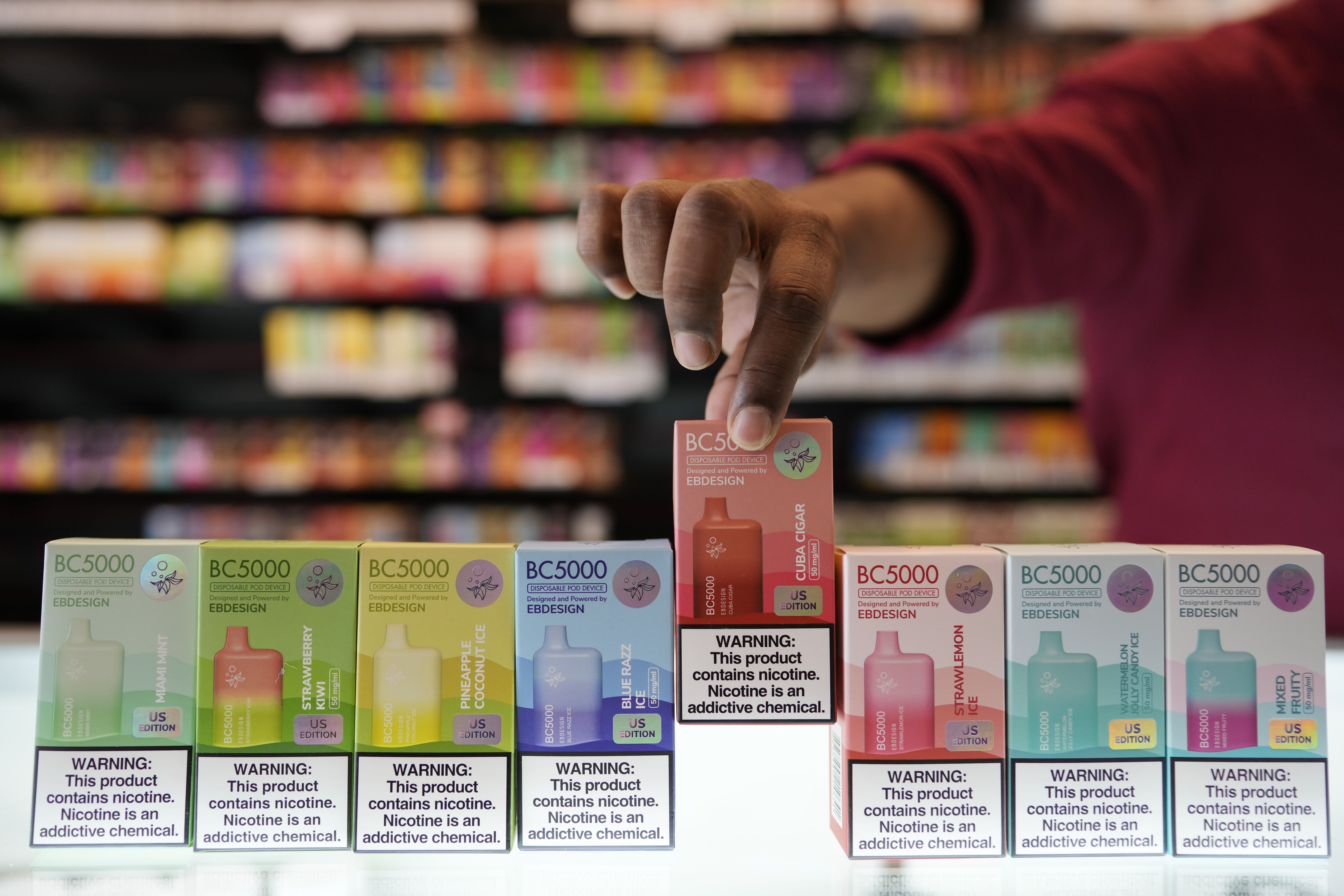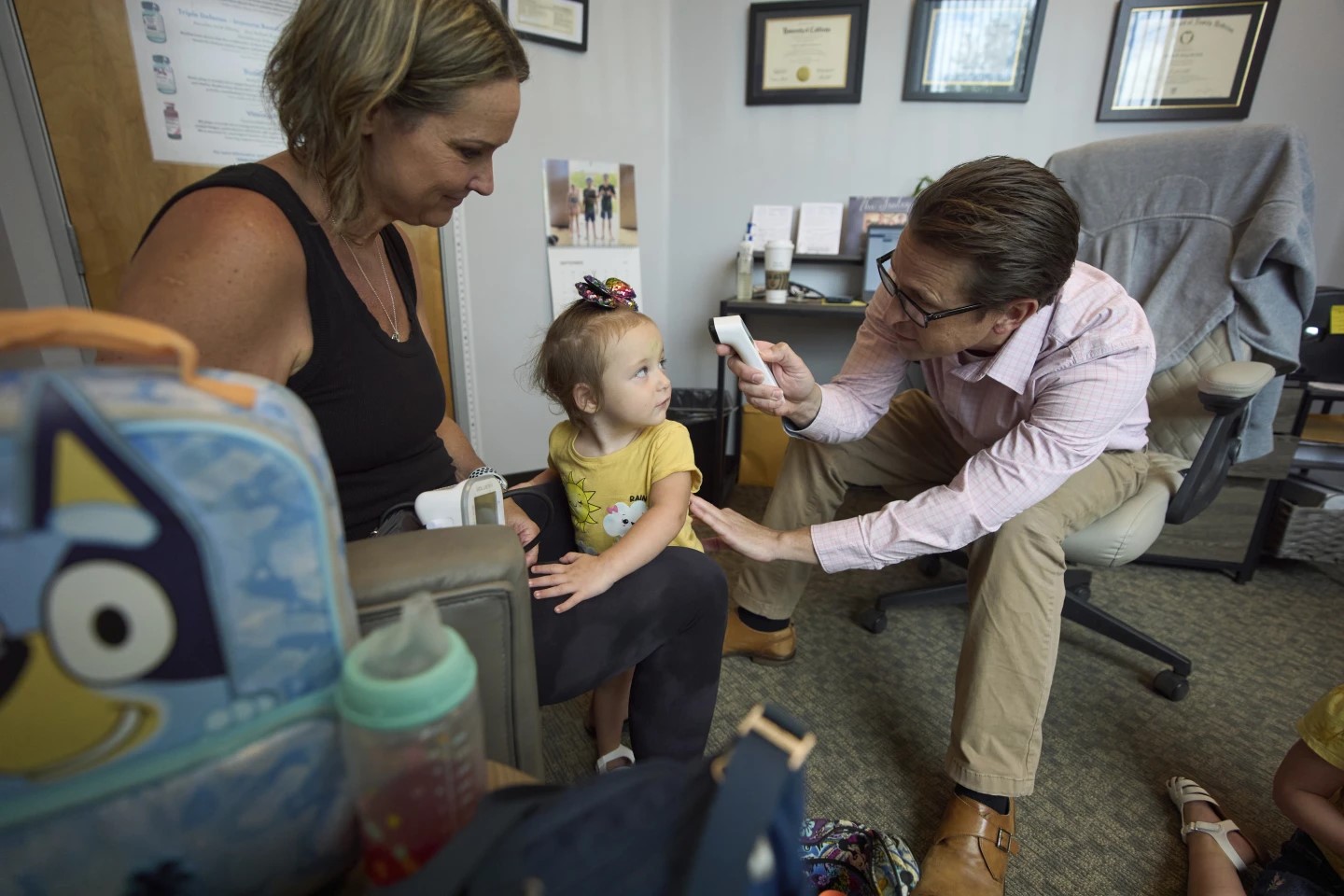A new UNC study shows just how easily teens can buy e-cigarettes online, in violation of state law.
“It took little effort for them to bypass the age verification practices of the vendors, because there was very little use of rigorous age verification,” says Dr. Rebecca Williams. “Only five orders were rejected due to age verification and we had an e- cigarette purchase success rate of 94 percent.”
Williams is a researcher at the UNC Lineberger Cancer Center. She recruited a group of teens to purchase e-cigarettes from 98 websites. A law passed in 2013 requires online sellers to verify age using a public records database, but the teens were able to type in false birth dates or lie about their ages.
“While seven of the vendors in the study claimed to use age verification techniques that would potentially comply with North Carolina law, only one of them actually did,” says Williams.
The e-cigarette industry is growing rapidly, yet remains largely unregulated. While proponents argue that they offer a healthier alternative to smoking tobacco, Williams says a growing body of research says otherwise.
“More and more research is coming in that shows that e-cigarettes are dangerous and in some ways maybe more dangerous than cigarettes. For example, there was a study that came out recently that showed that e-cigarettes can release five to ten times more formaldehyde than a typical cigarette does.”
Most troubling, she says e-cigarette use is on the rise among teens.
“The CDC has reported an annual doubling in the rate of teens reporting using e-cigarettes. Hundreds of thousands of teens annually are using e-cigarettes that never smoked cigarettes before.”
Williams calls for federal regulations that mandate age verification at the time of purchase and delivery.
“It’s important that we have federal regulations affecting these sales, and specifically, strictly enforced federal regulations, because without that, online e-cigarette vendors have little motivation to decrease their profits by spending the kind of time and money it takes to verify a customer’s age and reject underage buyers.”
You can read the full study in The Journal of the American Medical Association Pediatrics.
Related Stories
‹
![]()
As Use Rises, Public Health Officials Push For E-Cigarette ControlsAs the popularity of e-cigarettes continues to grow, public health officials across the country and here at home are calling for more research and stricter regulation on their use.

Thousands of Unauthorized Vapes Are Pouring Into the US Despite the FDA Crackdown on Fruity FlavorsWritten by MATTHEW PERRONE The number of different electronic cigarette devices sold in the U.S. has nearly tripled to over 9,000 since 2020, driven almost entirely by a wave of unauthorized disposable vapes from China, according to tightly controlled sales data obtained by The Associated Press. The surge stands in stark contrast to regulators’ own figures, which […]
![]()
Bill to Raise Tobacco Age has Unlikely Allies: Altria and JuulCongress is moving to pass the biggest new sales restrictions on tobacco products in more than a decade, with support from two unlikely backers: Marlboro-cigarette maker Altria and vaping giant Juul Labs. The legislation would raise the minimum age to purchase all tobacco products, including electronic cigarettes, from 18 to 21 nationwide, a step long-sought […]

US Vaccine Advisers Say Not All Babies Need a Hepatitis B Shot at BirthACIP members voted Friday to end the longstanding recommendation that all U.S. babies get the hepatitis B vaccine on the day they’re born.

Anti-Science Bills Hit Statehouses, Stripping Away Public Health Protections Built Over a CenturyMore than 420 anti-science bills attacking longstanding public health protections have been introduced in states across the U.S. this year.

Kennedy Tries To Defend COVID-19 Vaccine Stance in Raucous Senate HearingU.S. Health Secretary Robert F. Kennedy Jr., facing pointed bipartisan questioning at a rancorous three-hour Senate committee hearing on Thursday, tried to defend his efforts to pull back COVID-19 vaccine recommendations.

UNC Health Infectious Disease Researcher Defends mRNA Vaccine Methods After Federal Funding CutsFollowing the criticism of mRNA vaccine strategies by federal leaders, UNC Health's Dr. David Wohl shared why he supports the research.

CDC Shooting Marks Latest in a String of Hostility Directed at Health Workers. Many Aren’t SurprisedThe attack in Atlanta happened in the face of ongoing public health misinformation and animosity about the safety of immunizations.

RFK Jr. Pulls $500 million in Funding for Vaccine DevelopmentWritten by AMANDA SEITZ WASHINGTON (AP) — The Department of Health and Human Services will cancel contracts and pull funding for some vaccines that are being developed to fight respiratory viruses like COVID-19 and the flu. Robert F. Kennedy Jr. announced in a statement Tuesday that 22 projects, totaling $500 million, to develop vaccines using mRNA technology will […]
![]()
Chatham County Roundup: Mike Zelek and Alec Higgins of the Public Health DepartmentChatham County Public Health Department Director Mike Zelek and Population Health Data Scientist Alec Higgins join 97.9 The Hill News Director Brighton McConnell on Tuesday, July 29.
›








